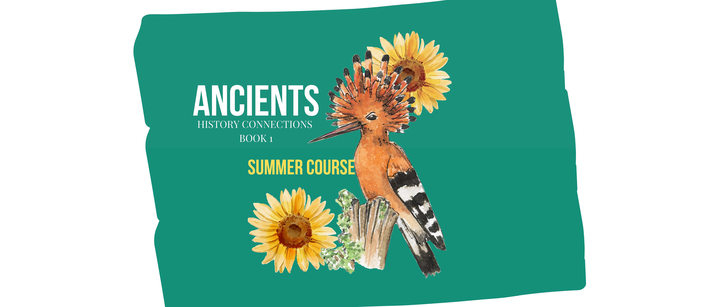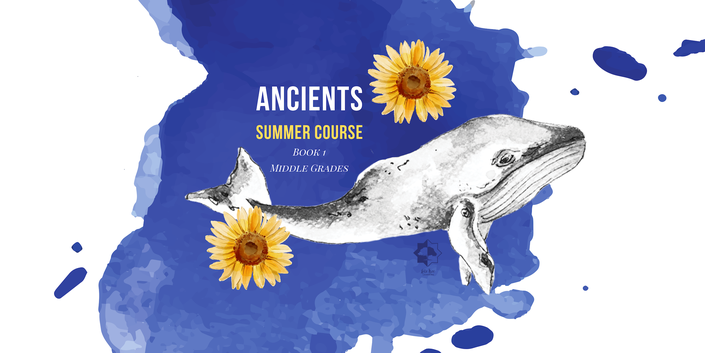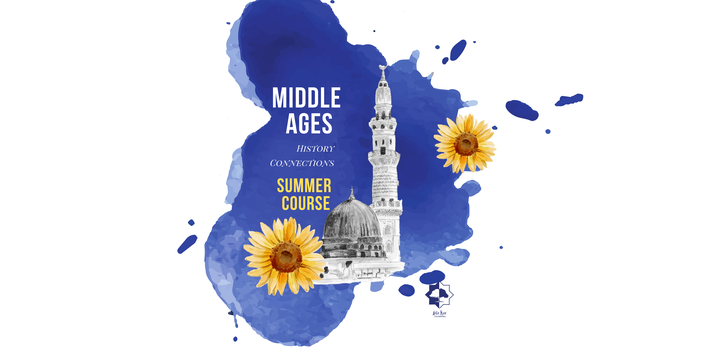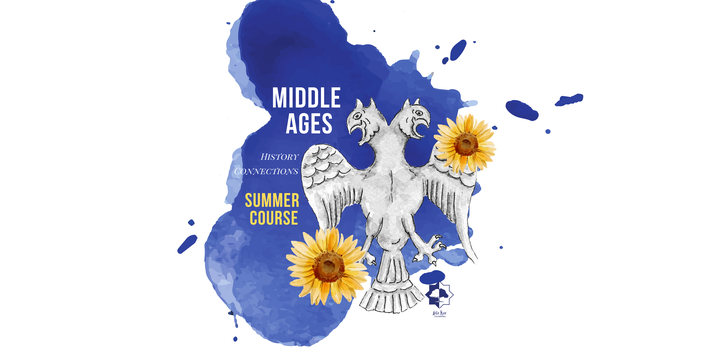Welcome to the Summer Course
Middle Ages - Early Islamic Empires
for Primary Grades!
This course is designed for grades 1 through 4
The summer course runs for 6 weeks, with 2 lessons each week, and is a condensed and abridged form of our Primary Grades Book 2 Middle Ages for Primary Grades, and will cover cover the following topics:
The Umayyads
the Abbasids
Salahuddin and the Fight for Jerusalem
The Mamluks
Al-Andalus
Al-Murabitun
For a more comprehensive course, integrating Islamic history into global history and teaching several 21st century skills, graphic designs and different note taking formats, sign up for our academic courses running from September to June!
What do you learn in this course:
Study early Islamic empires
The geographical context of the events related to the early Islamic empires
The historical context of the early Islamic empires
How to extract information from graphics
Time lining
Activities
The Summer Course – Middle Ages: Early Islamic Empires program includes the following:
- Live Lessons on Zoom
- Chapters from History Connections Book 2 – Primary Grades
- Pages from History Intersections
Classes run Sunday & Tuesday 11.30 am PST
Starting June 29th 2025!

Middle Ages - Islamic History
Primary Grades
Book 2
The Middle Ages start at the beginning of Islam with the birth of prophet Muhammad (saws) and ends with the Rightly Guided Caliphs.
During the primary years (grade 1 through 4), students will cycle through 4 eras of historical periods. They will increasingly learn how to ask questions and extract information from a text. On top of that, primary graders will learn how to trace a map, place information in a geographical context and how to extract information from a graphic. Information is offered, processed and represented in different formats.
This book integrates Islamic concepts into global history and is packed with hands-on activities, visuals. Additionally, the way information is presented caters to different learning styles, in accordance with our unique teaching methodology IDEALS (See more about this below).
The first book is best suited for early primary students, grade 1 through 3, although older students would benefit from this program as well.
Curriculum
Elements in the lessons:
Inquiry: throughout this curriculum, the teacher is modeling asking questions. Students learn how to ask questions and extract information from images and maps. This is a pre-research skill.
Discussion: Discussion questions help students recap the major events in a story and practices comprehension.
This is not an exam or a drill. These questions are intended to consolidate what the child learned from the text. The child can look at images in the book when answering the questions.
Narration: Narration is intended to practice recalling and retaining information from a story.
Activities: Every week the child will complete an activity that relates to the topic of the week. This will help students internalize the information covered. Activities are varied and alternated, in order to keep students engaged. Doing activities teaches young children different skills and abilities, such as fine motor skills, strategic thinking, hand-eye coordination, and deduction.
Tracing a Map: The program asks the child to trace the Location Maps (provided). The action of physically tracing a map assures the information is integrated into memory. Please assure you have tracing paper available. The mapping activity allows students to get familiar with geography and teaches them to pay attention to certain geographical landmarks, such as rivers and seas, mountain ranges and oceans.
Path of Prophets: The Path of Prophets element is used in combination with the prophet stories. This curriculum covers 12 prophets and their stories. A selection has been made, to highlight important stories and integrate these into the historical context. It is essential for young children to be able to visualize information. Sticking the prophets’ names and images of the stories in chronological order is a pre-time lining skill and tangible activities help in the consolidation of information.
For a full set of the stories, please see our Super Servant Series. This series can be used in conjunction with the historical curriculum as well as with the A Day with the Prophets Series.
History Connections
History in Context
Our history program is called History Connections, because learning history is all about connections: connections to the past, and connections to each other. Knowing what happened in the past helps us make sense of our present. Knowing how we fit into the larger global history, helps us connect to others. Knowing our heritage gives us a place to belong. Knowledge of history even gives us a basis to determine future actions. Currently, the world has become a global community, making global history all the more pressing. This program focusses on teaching 21st century skills, rather than rote memorization of facts, as this teaches students important skills to function in the modern society of the future.
Our History Connection series covers the ancients all the way up to the modern history and current issues. This series is intended for grade 1 through 8.
Every year students will take a chunk of this history. In the first book, students will cover from Creation to about 500 C.E. In the second book, they will cover from 500 C.E. until about 1650 C.E. The third era will cover from 1650 C.E. until the Industrial Revolution, approximately 1850 C.E. The last era, the Modern Era, will cover from 1850 C.E. until our current day.
All Eras have Islamic History integrated within global history, with more attention and time spend on important topics in the history of our Ummah.
The four books in this curriculum are consecutive, not only in chronological information but also in building skills.





